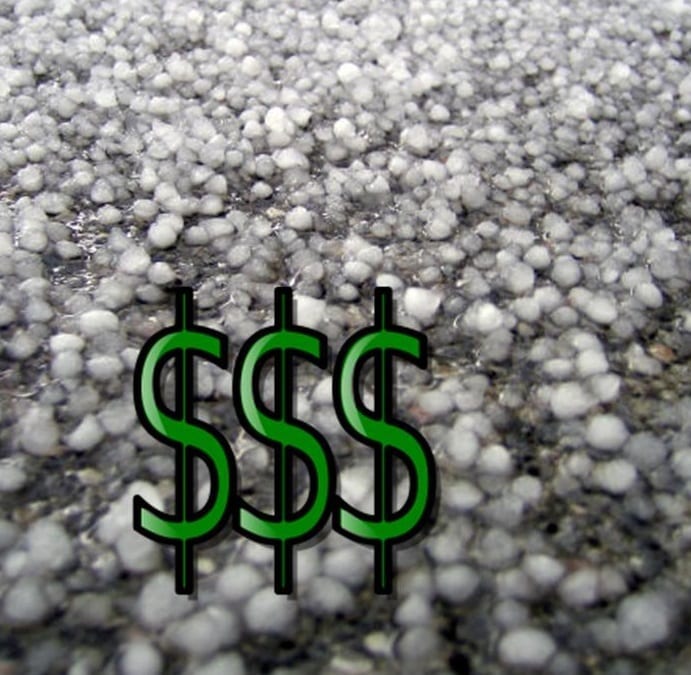 The widespread damage in Mississippi also lead to hundreds of auto filings within the first few hours.
The widespread damage in Mississippi also lead to hundreds of auto filings within the first few hours.
Within the first days following the hailstorms in Mississippi, hundreds of auto and homeowners insurance claims have been coming in due to the damage that had been left behind in the state’s capital city and surrounding areas.
Authorities have yet to calculate precisely how many structures and vehicles were damaged.
It looks as though Jackson and its suburbs faced the heaviest damage in the state. According to a Farm Bureau Insurance employee, Jim Rowles, by just after noon on Tuesday, that insurer had already received approximately 500 homeowners insurance claims and 921 for auto policies. The numbers have risen since that time.
It is expected that the auto and homeowners insurance claims will continue for several more days.
Rowles said “they’re coming in steady.” The majority of the homeowners insurance claims and those for damaged vehicles have come from Madison, Hinds, and Rankin counties. Rowles also pointed out that there is another bubble of claims that is arriving at his company from Lincoln and Pike counties.
By early Tuesday afternoon, another insurer, Alfa Insurance, stated that it had received 746 automotive and homeowners insurance claims. This, according to the company’s spokesperson, Mary Johnson.
At the time of this article, the numbers were not yet available from State Farm, which is the largest homeowners insurance and auto insurer in Mississippi. State Senator Dean Kirby (R-Pearl) has worked in the industry for years and said that it is difficult to estimate the number of claims that will occur after a weather event such as the recent hail storm, but that it is likely that the numbers will be considerable.
He said that “It would not surprise me at all if the damages reach $20 million statewide in hail damage, and that’s not even considering car dealerships.” These homeowners insurance and auto claims predictions are due to a storm that brought hail with it that, in some areas of Jackson and its suburbs, were as large as baseballs. Some areas reported that the ice stones were even larger.
